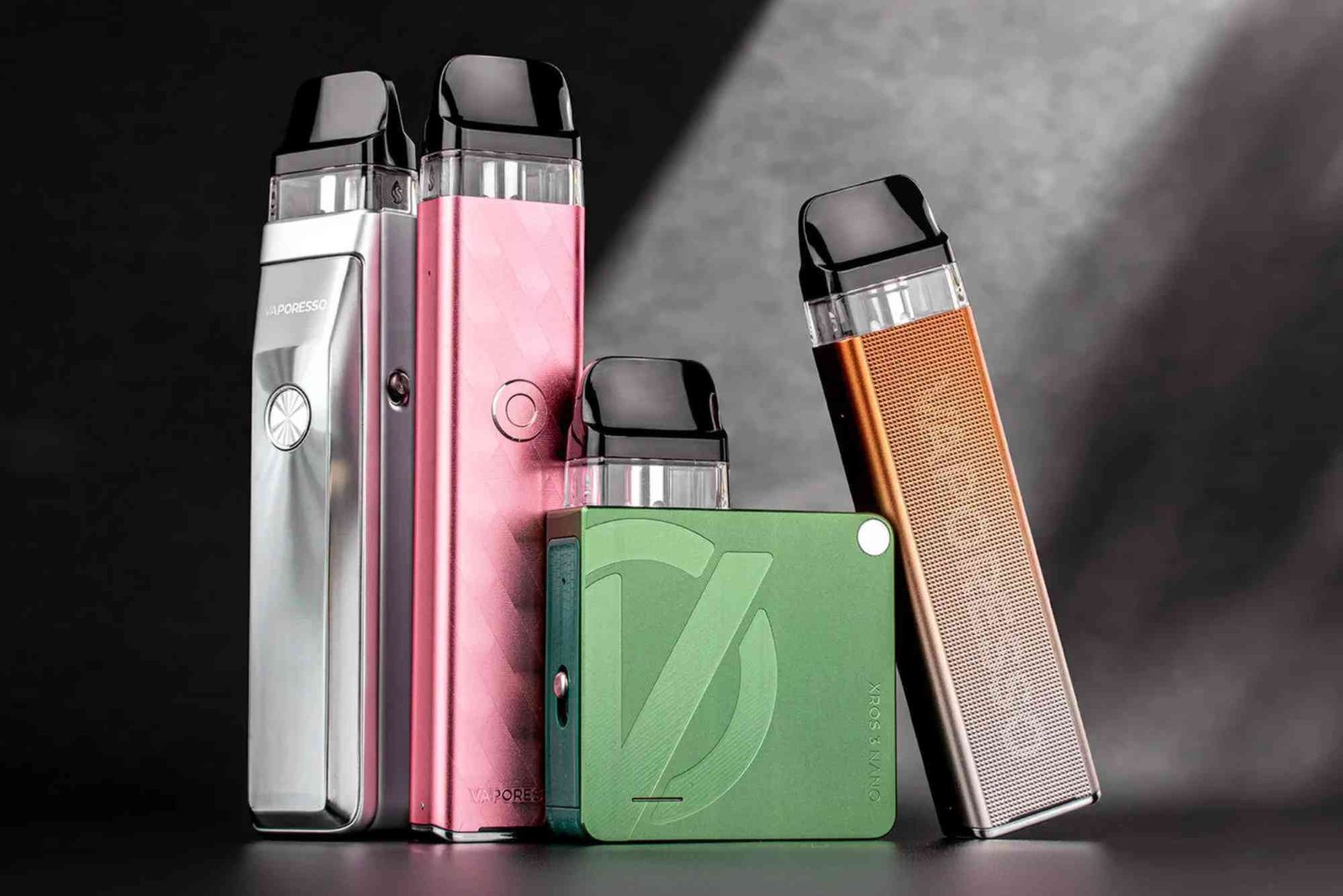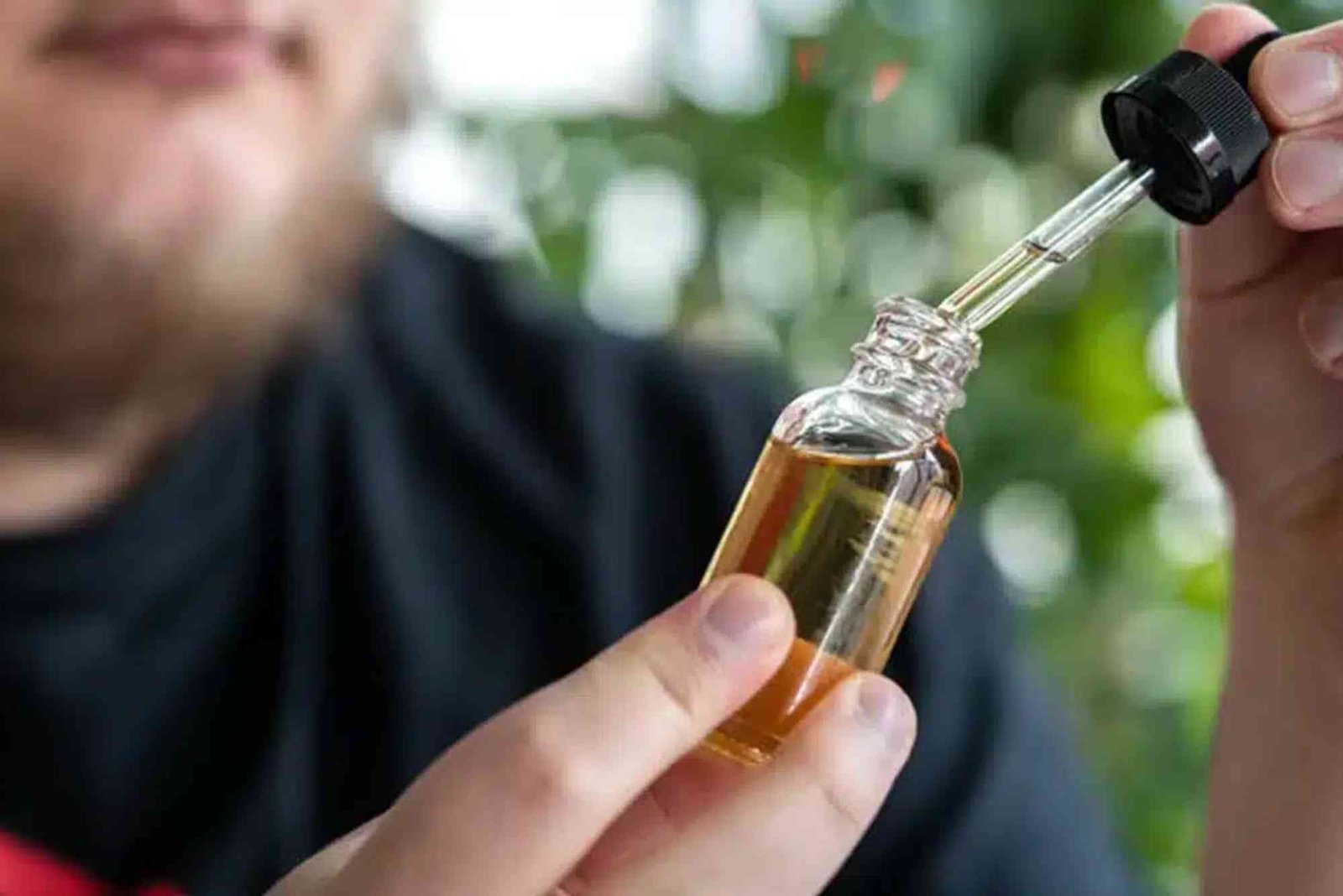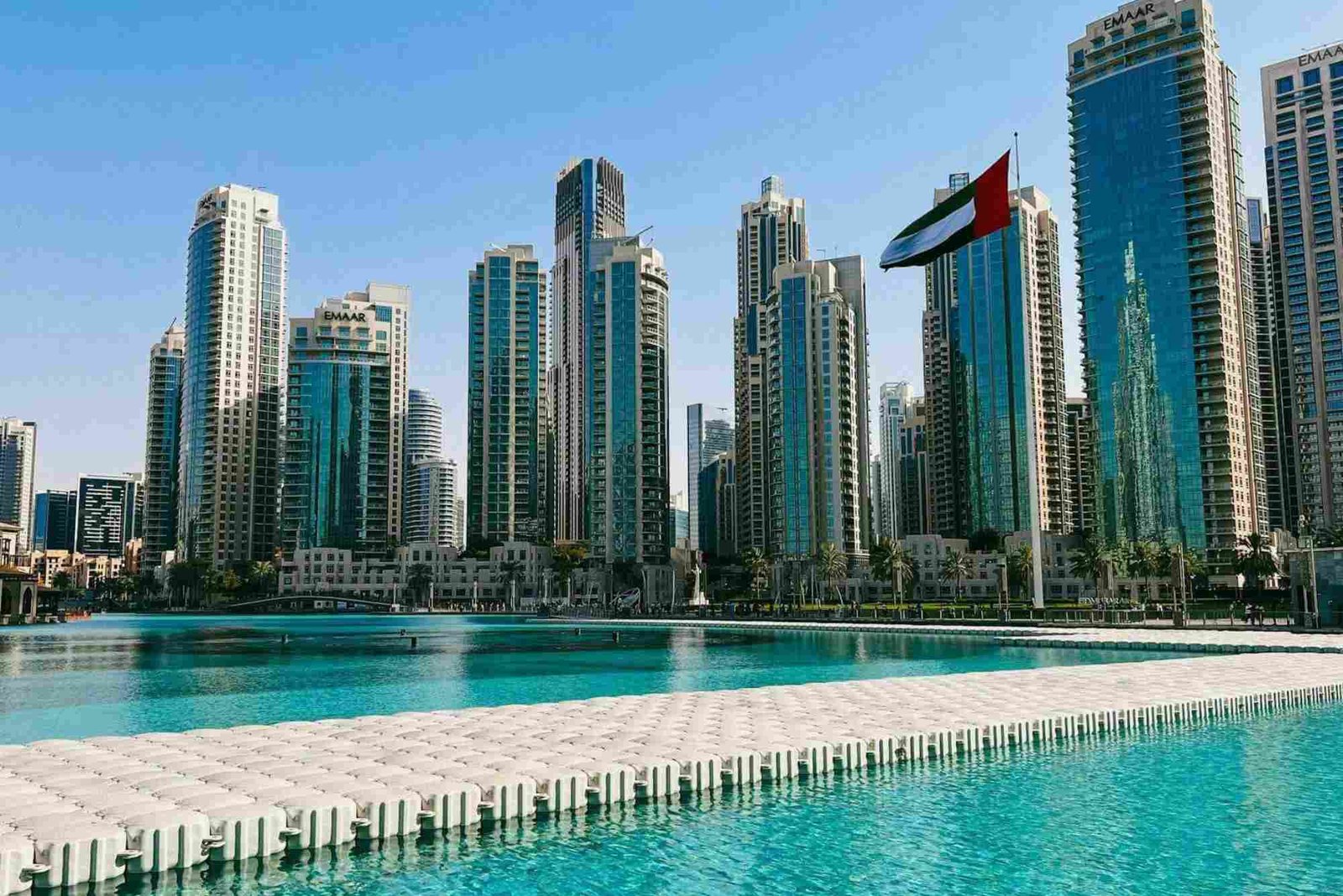Understanding which type of glass is used in vehicles matters for safety, comfort, and performance. Vehicle glass is engineered very differently from ordinary household glass. Automotive glass must protect passengers, resist shattering, withstand extreme weather, and support modern features like sensors and heating elements. Most vehicles use laminated glass for windshields and tempered glass for side and rear windows. These materials play a crucial role in crash safety and driver visibility.
Many drivers ask which type of glass is used in vehicles because it affects repair options, insurance decisions, tinting, and replacement cost. This guide explains every glass type in detail, including new smart technologies that automakers now install for advanced safety and comfort.
Why Vehicle Glass Is Different
Vehicle glass is safety glass. It is designed to break safely, reduce injury risk, and maintain structural integrity. Unlike regular glass, automotive glass resists sharp shards and prevents passenger ejection during accidents. It also adds rigidity to the frame, supports airbag deployment, manages UV exposure, and blocks debris at high speed.
Types of Glass Used in Vehicles
Laminated Glass in Windshields
Laminated glass is the primary type of glass used in vehicle windshields. It consists of two glass layers bonded with a polyvinyl butyral (PVB) interlayer. The inner layer holds the glass together even when cracked. This structure stops the windshield from shattering into dangerous pieces and keeps occupants safe.
Laminated glass delivers several advantages. During a collision, it prevents projectiles from entering the cabin. It supports airbag deployment by holding firm when airbags push against it. It also reduces UV penetration, meaning a cooler interior and less skin exposure. Additionally, laminated glass can block noise, improving cabin quietness.
Tempered Glass in Side and Rear Windows
Tempered glass is commonly used for side and rear vehicle windows. It is heat-treated to become much stronger than standard glass. When tempered glass breaks, it shatters into small blunt pieces rather than sharp shards. This reduces cutting injuries during accidents.
Tempered glass is ideal for areas requiring fast emergency exit because it breaks away quickly when struck. Car manufacturers also prefer it due to its durability and cost-effectiveness. Although not laminated, some luxury manufacturers now use laminated side windows for extra sound insulation and theft resistance.
Advanced Laminated Side Windows
Some modern vehicles adopt laminated side windows instead of tempered glass. This approach enhances safety and security. It becomes harder for thieves to break into the vehicle. Laminated side windows also block more sound, creating a quieter ride. Premium brands in the luxury and electric-vehicle market adopt this technology to improve passenger comfort.
Solar-Control and UV-Protective Glass
To improve thermal comfort, many vehicles now include solar-control glass. This type of glass reduces heat from sunlight and protects against ultraviolet rays. It helps maintain cooler cabins, reduces air-conditioning load, and protects interior materials like leather and plastic from fading.
Acoustic Glass for Noise Reduction
Acoustic laminated glass includes an additional sound-dampening layer. It reduces outside noise from engines, wind, and tires. Electric vehicles especially benefit from acoustic glass because they lack engine noise to mask road sounds. This technology enhances ride comfort and driver focus.
Heated and Defrosting Glass
Many modern windshields incorporate thin heating elements or conductive coatings. These elements remove fog and melt ice without relying solely on the vehicle’s air system. Rear windows often use visible heating lines, while windshields use invisible micro-wires or infrared coatings.
Smart and HUD-Compatible Glass
Vehicles with advanced driver-assistance systems use glass designed for sensors and cameras. HUD-compatible glass supports head-up displays projected on the windshield. Some vehicles also use electrochromic or smart glass, which changes transparency at the touch of a button to manage sunlight and privacy.
How Vehicle Glass Enhances Safety
Vehicle glass is a critical safety component. It maintains structural rigidity, supports airbags, prevents ejection, and provides clear visibility. The windshield often acts like a load-bearing element, especially during rollovers. A cracked windshield can compromise roof support and airbag function. This is why timely repair is essential.
Repairing and Replacing Vehicle Glass
Chip repair and crack sealing can restore laminated glass integrity when issues remain small. Large cracks typically require full replacement. Sensor-equipped windshields require recalibration after replacement to ensure lane-assist and collision-avoidance systems work properly. Always use authorized installers and quality glass to preserve safety and insurance compliance.
How Tinting Applies to Vehicle Glass
Tinting involves applying films or integrating pigments into the glass during manufacturing. Legal limits vary by region. Proper tint enhances privacy, blocks heat, and reduces glare. Excessive tint on windshields can be hazardous, so manufacturers often build infrared coatings or UV filters into the glass instead.
The Future of Automotive Glass
Vehicle glass continues to evolve. Innovations include self-healing coatings, augmented-reality windshields, embedded antennas, and solar cells integrated into glass. Autonomous vehicles may use even higher-clarity glass to support sensors and displays. Safety and energy efficiency drive these advancements.
Internal Links for Further Reading
When researching glass types, many car owners also explore automotive materials and safety systems. For more insight into related components, visit the anchor resource about If you are curious about major vehicle brands and marketing, see this Related Automobile article. For additional regulatory information and road-safety guidance, Learn more from official government sources.
FAQ: Which Type of Glass Is Used in Vehicles
Why do cars use laminated glass in windshields?
Windshields use laminated glass because it does not shatter into sharp fragments and keeps occupants protected. The bonded layer prevents penetration and supports airbags during deployment.
Is tempered glass better than laminated glass for car windows?
Tempered glass is strong and safe for side and rear windows. Laminated glass provides more security and noise reduction, which makes it popular in luxury vehicles. Both types serve specific purposes.
Can laminated glass be repaired?
Small chips and cracks in laminated glass can often be repaired, especially if damage is not in the driver’s direct line of sight. Large cracks usually require replacement to maintain safety.
Do all vehicles use the same type of glass?
Most cars use laminated windshields and tempered side and rear windows. Premium and electric models may use laminated side glass and smart-glass technologies.
Why does vehicle glass have a dot pattern at the edges?
The dot pattern, called a frit band, helps distribute heat during manufacturing and protects adhesive from UV rays. It also improves temperature balance to prevent cracking.
The answer to which type of glass is used in vehicles depends on function and location. Laminated glass provides exceptional safety for windshields, while tempered glass balances strength and rapid breakage for side and rear windows. Modern vehicles now include acoustic, solar-control, heated, and smart glass for greater comfort and safety. Understanding these materials helps drivers make better repair, tinting, and replacement choices.
For further insight into automotive technology and safety, explore trusted automotive resources and continue learning about the materials that protect passengers on the road. If you plan to repair or replace vehicle glass, consult certified professionals to ensure safety and compliance. Secure your vehicle, protect your passengers, and stay informed about evolving glass innovations.







